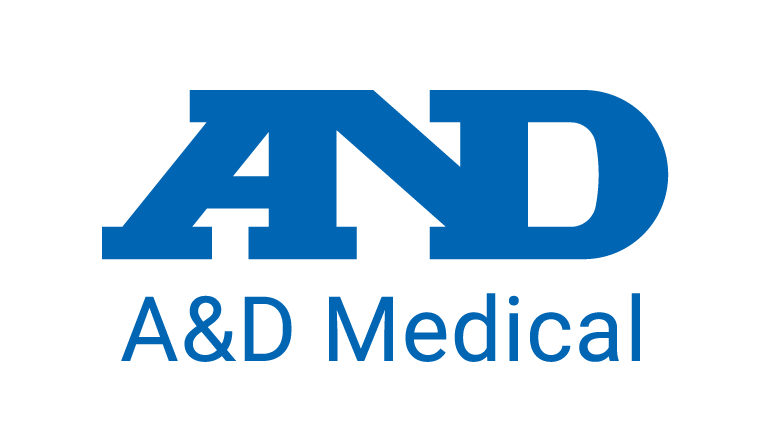Special Healthcare Provider Report
Ensuring Home Blood Pressure Monitors are Accurate for In-home Patient Use, Part I: Clinical Validation
With excerpts from an interview with Jerry Wang, Director of Engineering, A&D Medical
Volume I, Issue VI
Accuracy in blood pressure monitors for mass market consumption has never been more critical, due to the following factors, which have resulted in something of a perfect storm in the healthcare field:
- Shortages of trained healthcare practitioners;
- An ever-growing population of patients with chronic disease; and
- Consumers demanding to utilize technology to manage healthcare on their own.
As a result, the home blood pressure monitor has become a critical tool for long-term health management.
But as healthcare providers look to recommend blood pressure devices to their patients for accurate home use, two main factors have become clear: 1) the phrase “clinically validated” – once a go-to term for accurate products – has become a marketing term as opposed to a scientific one, and 2) educating patients on the correct way to take blood pressure readings remains critical.
In this blog post, we’ll look at the term “clinical validation,” and how to advise patients to research what it means – to ensure product accuracy at the on-set.
Clinical Validation: The Gold Standard?
Healthcare practitioners have a deep understanding of the process of clinical validation as it relates to devices like blood pressure monitors: The accuracy is determined by comparing device measurement to the measurement of a trained observer using a mercury sphygmomanometer and stethoscope.
But unfortunately, the phrase “clinically validated” has become as ubiquitous as other marketing claims because the process of clinical validation is not always followed to its fullest measure – or for each product line.
Patients need to understand all the aspects of the clinical validation process in order to assess manufacturer claims.
“Most healthcare practitioners understand the three major components that comprise clinical validation, including utilization of modern protocols, independent verification of accuracy, and publication in a peer-reviewed journal,” said Jerry Wang, Director of Engineering with A&D Medical. “But what they may not be aware of is that there are other factors that can impact the accuracy of an otherwise clinically validated product. It is those factors that can have major impact on the patient’s ability to assess their own health accurately, and make the healthy changes they need to make to their lifestyle.”
Other Factors that Can Impact Blood Pressure Monitor Accuracy
Each Product Must Be Validated
“Occasionally, companies will claim a certain level of accuracy in their products, which have met all the clinical validation standards,” said Mr. Wang. “But they will then modify the design in its next product cycle iteration in such a way that the original validation is no longer representative of the product – and not verify the new product line under the same clinical validation standards.”
As such, each new product and its peripheral components (such as cuffs) need to pass the standard clinical validation process.
Assurance of Mass Production Accuracy
“We will also occasionally see clinically-validated products that do not maintain the level of substantiated accuracy through the production process,” said Mr. Wang. “In order to ensure final products going onto the shelves at pharmacies or online through e-commerce venues, the following controls should be put in place across production lines.”
- Design Control: the design, exactly as it is, is the one that needs to enter the production process.
- Production Control: From end-to-end, the product resourcing, testing, manufacture, sampling and packaging, should be in control of the manufacturer. Without that level of precise control, manufacturers have no way of knowing if design or production has resulted in the tweaking of the design in a way that would negate accuracy results.
- Consistency: The above manufacturing process as defined above needs to be tested for accuracy as well, to ensure long-term consistency in the production process.
Walking patients through not only the clinical validation process, but also the additional components required for product accuracy will put them on the path to choosing the most accurate home blood pressure monitor.
In our next blog post as part of this special series, we’ll look at educating patients on the right way to take blood pressure – and how you can do a simple in-office test with their home equipment to judge its accuracy.

